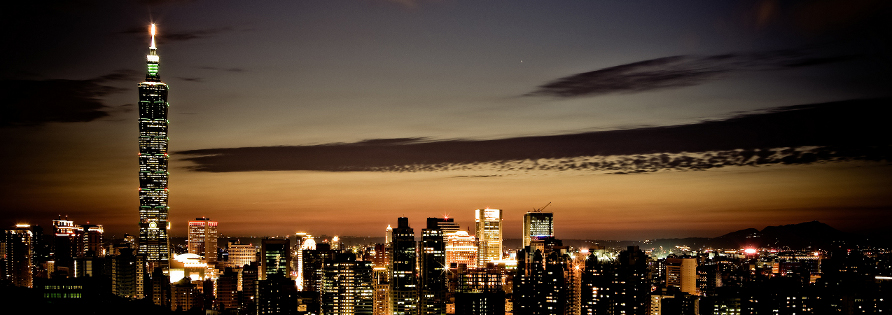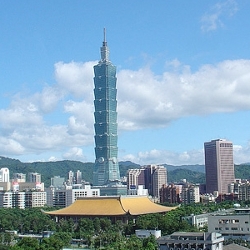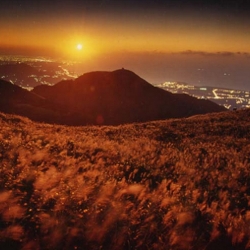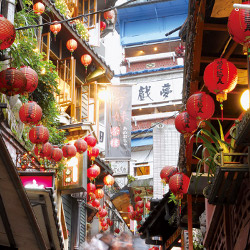The Smart Graphics Experience
The International Symposium on Smart Graphics will bring together researchers from Computer Graphics, Visualization, Art & Graphics Design, Cognitive Psychology and Artificial Intelligence, all working on different aspects of computer-generated graphics and the user experiences they enable. This year's meeting will be held in Taipei, Taiwan.
Advances in computer graphics have made visual media the heart of the user interface, and it is clear that graphics will play a dominant role in knowledge work, entertainment, and the home. Indeed, as computers become more and more pervasive, and display sizes both increase and decrease, new and challenging problems arise for the effective use and generation of computer graphics.
Scope
Smart Graphics is grounded in a deep understanding of human abilities, activities, and desires. This understanding arises through the integration of fields such as art, design, and the social, cognitive, and perceptual sciences. Insights are realized in the form of novel methods for producing and interacting with rich graphical displays often utilizing established techniques from Computer Graphics, Artificial Intelligence, and Computer Science in general.
Such interfaces present content that:
- engages the user and is aesthetically satisfying
- participates in human cognition as external or distributed representations
- is sensitive to the real-time demands of the interaction in the context of the available computational resources and
- adapts the form of the output according to a wider set of constraints such as an individual's perceptual, attentive, and motor abilities and the nature of the presentation media and available interaction devices.
Smart Graphics research can be loosely divided into principles, methods and systems based research, and the symposium will encourage submissions in all these areas, based on the following characterization:
- Principles: Principles of Smart Graphics include: theories of graphics design and visual aesthetics, and theories of graphical representations and interaction, design and testing of graphical systems, constraints on technological, computational and human (perceptual, cognitive and motor) resources, conceptualizations of graphics and interactive systems, representation and reasoning requirements for Smart Graphics, interaction between resource restrictions, design, requirements capture and evaluation methodologies, systems that make people smart.
- Methods: New approaches to the design and testing of graphical generation, presentation and interaction for both conventional desk-top systems and new devices and media, acquisition and representation of design knowledge for Smart Graphics generation, empirical methods in the characterization of interaction, dealing with heterogeneous target media, application of planning, decision theory, optimization, constraint satisfaction, machine learning and other AI techniques to Smart Graphics, attentive systems, evaluation methods.
- Systems: The application of Smart Graphics to visualization, virtual reality, augmented reality, mobile communications, wearable computing, graphical hypermedia, web-based systems, novel interaction techniques (e.g. attentive systems, haptic and natural language interaction), and advisory & tutoring systems.
SG14 welcomes submissions from computer graphics, HCI & AI researchers and practitioners, applied philosophers, cognitive scientists, artists and graphic designers.















 The 12th International Symposium on Smart Graphics Reservation Form
The 12th International Symposium on Smart Graphics Reservation Form




